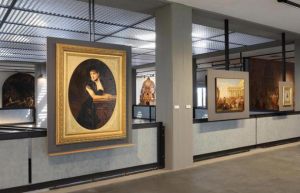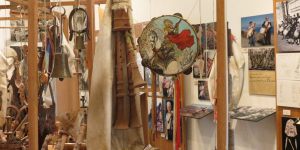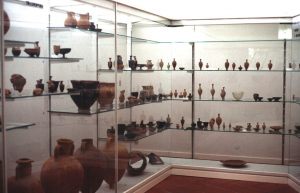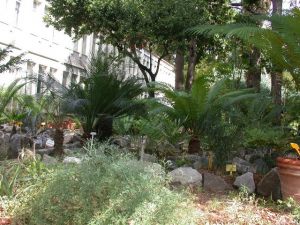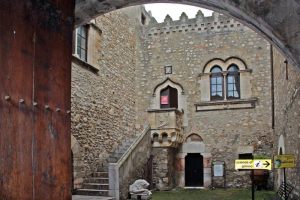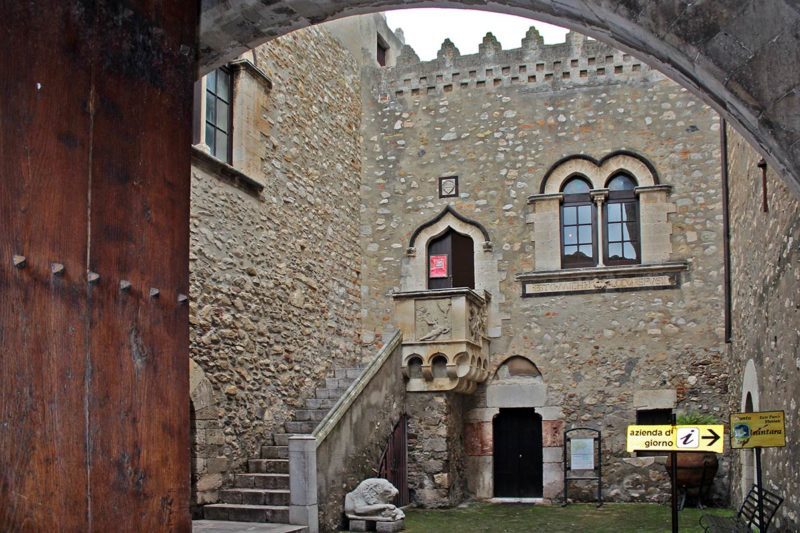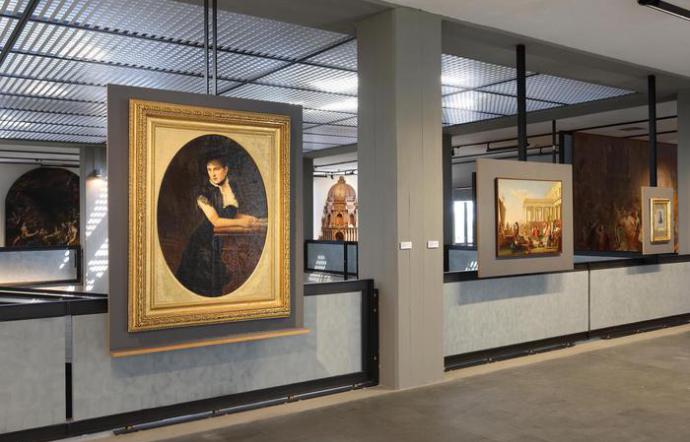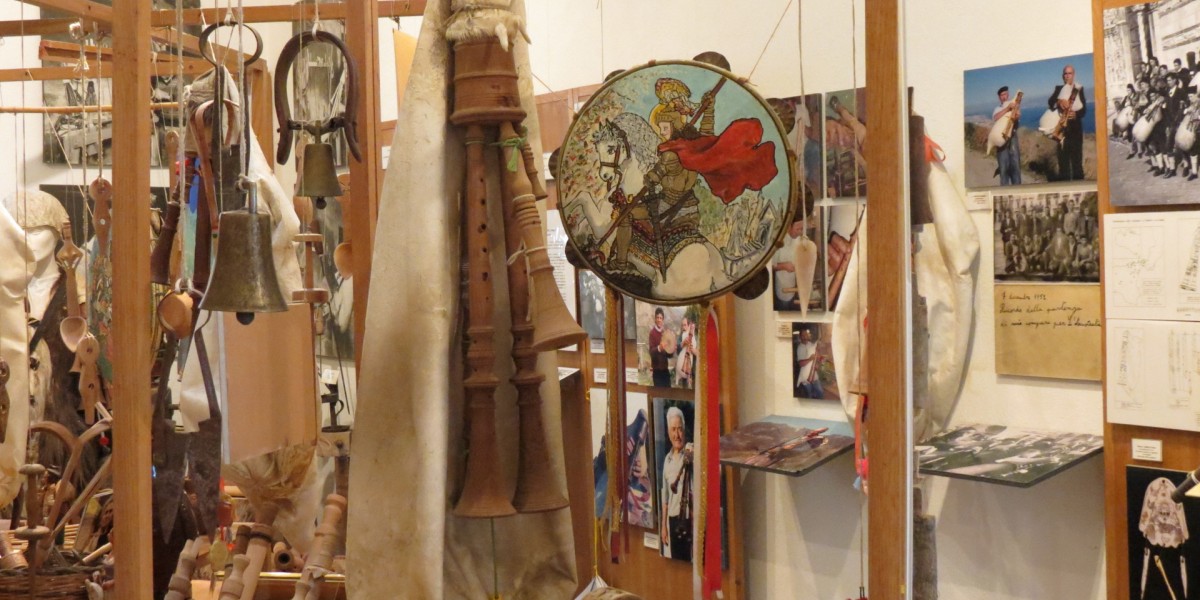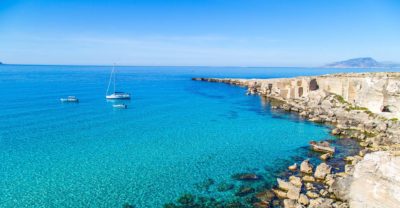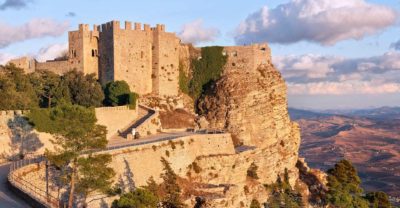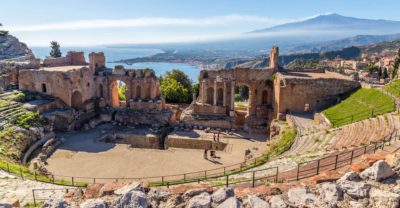Arts and Culture
Messina
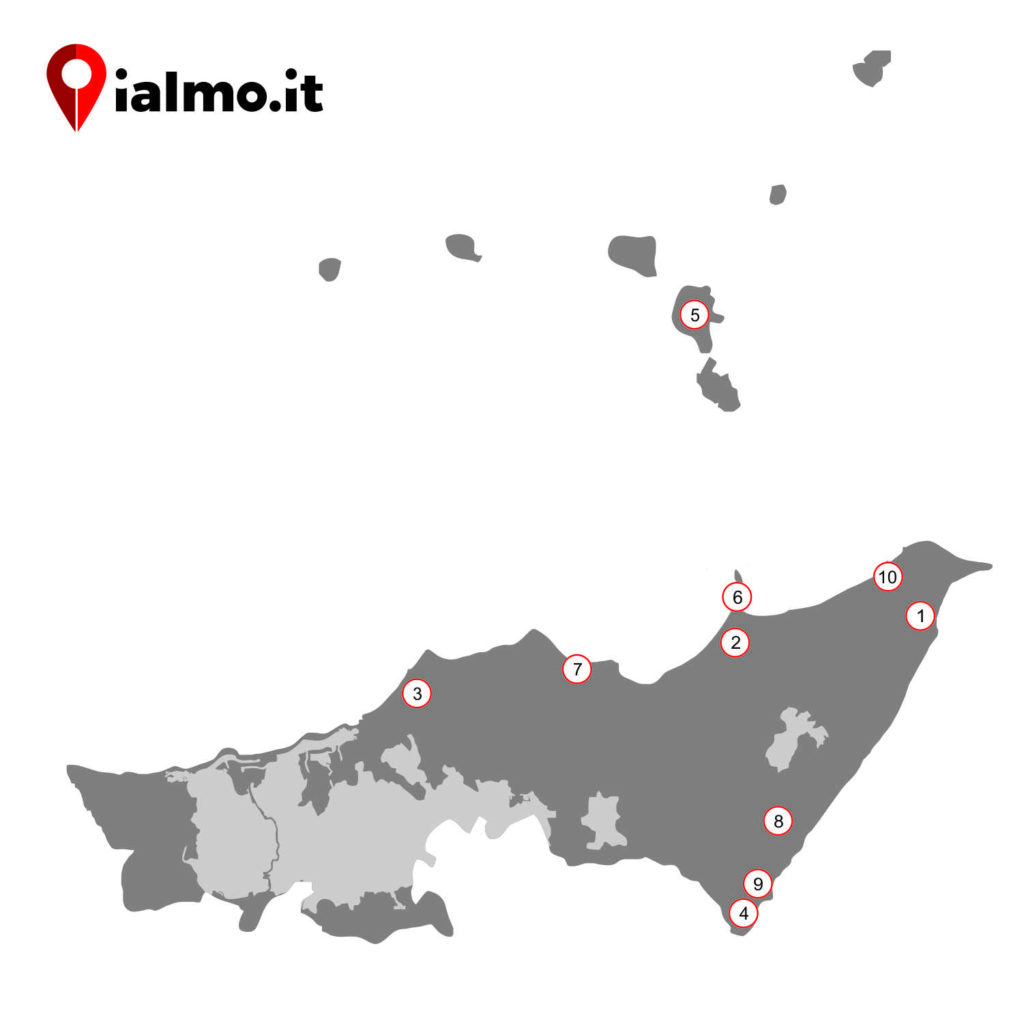
- MuMe: the Regional Museum of Messina was built after the earthquake of 1908 to keep the works of artistic value recovered from the city rubble. Among the works housed in the Museum of particular relevance are the works of Girolamo Alibrandi; the Polyptych of San Gregorio by Antonello da Messina; two paintings by Michelangelo Merisi da Caravaggio; the Resurrection of Lazarus and the Adoration of the Pastors of Alonso Rodriguez;
- Museum of Culture and Folk Music of the Peloritans: offers a multimedia set-up with videos, hypertexts, digital listening, animation with traditional musicians and singers, literary, photographic, iconic, didactic and didactic supports. The Museum also houses the musical instruments of the Peloritan tradition including the bagpipes, the reed flutes, drums, tambourines, jaws and shells;
- Quasimodo Archive: the permanent exhibition dedicated to the famous poet has been renamed “Life is not a dream”;
- Provincial Gallery of Modern and Contemporary Art: opened in 1998, exhibits works by famous artists such as Renato Guttuso, Giuseppe Migneco, Felice Casorati, Lucio Fontana, Giò Pomodoro, Max Liebermann, Mimmo Rotella and Corrado Cagli;
- Treasures of the Palatine Chapel in San Giovanni di Malta: it contains notable examples of sacred art such as works of silver and gold and silk liturgical vestments;
- Treasure of the Duomo: rich collection of cult objects that belonged to the Cathedral since the Middle Ages. The most precious piece of the collection is the so-called Manta d’oro, covering the painting of the Madonna della Lettera in chiseled gold with floral and geometric motifs;
- Museo Sant’Annibale Maria Di Francia: reproduces in scale the district of Avignon, that is the most disrepaired district of Messina pre-earthquake, place of action of the Messina Sant’Annibale Maria Di Francia, canonized in 2004;
- Municipal aquarium: born in 1868, it is part of the historic Italian aquariums and reproduces in its tanks the aquatic environments of the world with about 100 species of fish;
- Cambria Zoological Museum: preserves rich collections of vertebrates, insects and molluscs.
- Pietro Castelli botanical garden: founded in 1638;
- Historical Museum of the permanent fortification of the Strait of Messina: founded in 2003 under the patronage of the Municipality of Messina and UNESCO, tells the story of the defense of the Strait from the post-unification period to the Second World War.
- Vittorio Emanuele II Theater: commissioned by Ferdinando II di Borbone, it was built starting in 1842 on a project by the architect Pietro Valente. Inaugurated on 12 January 1852, it was named after Sant’Elisabetta, in honor of the sovereign’s mother and later, with the unification of Italy in 1860, it assumed its current name. The exterior, in neoclassical style, is made of Siracusan stone and is rich in decorations, sculptures and bas-reliefs by Zagari depicting scenes from the life of Hercules and portraits of famous playwrights and musicians. On the evening of December 27, 1908, just a few hours before the earthquake that destroyed the city, Giuseppe Verdi’s Aida was staged.
To be noted in the municipal territory four museums: the ethno-historical Museum Nello Cassata; the Epicenter Museum created in 1994 by the artist Nino Abbate and dedicated to contemporary art on tiles; the Jalari Park-Museum and the Oasi S. Eusenzio Ethnographic Park-Museum.
The House-Museum of the “Famiglia Piccolo di Calanovella” Foundation is housed in the rooms of the late nineteenth-century villa located just outside the city center, surrounded by a well-kept garden. Until the 1930s, the villa was the residence of the Piccolo family of barons and it was the last descendant Lucio, a Sicilian poet who died in 1969, who transformed the villa into a museum and opened it to the public. Even today the room can still be visited, remained intact in the furnishings, where Giuseppe Tomasi di Lampedusa often stayed, cousin of the owner, who wrote a good part of the famous novel Il Gattopardo.
Inaugurated in 1979, the Giardini Naxos Archaeological Museum is located near Capo Schisò, on the edge of the archaeological area of the ancient city of Naxos, which can also be accessed from the spaces adjacent to the Museum. The Museum preserves the enormous quantity of finds from the numerous excavation campaigns conducted in the territory.
Born in the Fifties to keep the first small nucleus of finds found in the territory, the Luigi Bernabò Brea Aeolian Regional Archaeological Museum is today divided into 5 sections that illustrate the thousand-year history of the archipelago.
Archaeological Antiquarium Domenico Ryolo: exhibits the artifacts found in the area of the necropolis including small boats and clay rowers of the second half of the III century BC probably used for the transport of the souls and funerary objects dating back to the V / III century BC.
Museum of the Tonnara and the Sea: divided into two sections. In the “Museum of the Tonnara” section there are photographs, texts, various equipment used in fishing and processing and processing of fish and wooden models of boats. In the section “Marine activity” we find instead maps, nautical charts, drawings, design drawings and nautical instruments such as compasses and sextants.
Located in Piazza Marconi, the Macc (Museum of Contemporary Art and Ceramics) displays ceramics from the rich local tradition. Through the organization of exhibitions and events, the Museum also deals with the promotion of contemporary artistic ceramics.
Opened in 2001, the Historical Ethno-Anthropological Museum collects instruments of rural life as well as rare artefacts such as noble coats of arms, ancient manuscripts and photocopies of the Collectorie, the oldest documents that attest to the existence of the country and whose originals are kept in Vatican.
The Antiquarium of the Greek-Roman Theater and the Museum of Popular Arts and Traditions on the first floor of Palazzo Corvaja should be noted in Taormina. The latter exhibits objects of common use and interesting anthropomorphic vases (ie with human features) once placed in the balconies or terraces of the city.
Inaugurated in 2004, the Ottavio Badessa Museum of the History of Medicine holds about 200 findings of the highest scientific value and datable between the end of the eighteenth and nineteenth century. Among the findings we point out an extractor of bladder stones and respiratory balloons of the masks of Ombredanne obtained from dried pork blisters.
